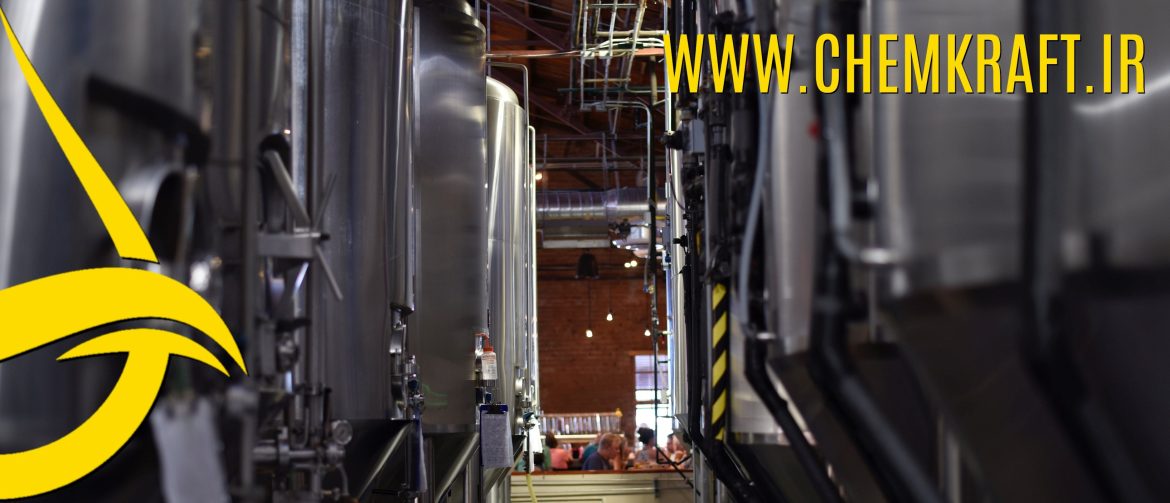UNVEILING THE CAUSTIC SODA INDUSTRY: ELECTROLYSIS PLANTS VS. FLAKING UNITS
UNVEILING THE CAUSTIC SODA INDUSTRY: ELECTROLYSIS PLANTS VS. FLAKING UNITS
Hossein Moshiri
Introduction:
Electrolysis vs. Flaking units: The caustic soda industry, a cornerstone of the global chemical sector, is often perceived as a unified entity by customers, unaware of a critical dichotomy within the production landscape. Two distinct types of producers exist: electrolysis plants, operating chlor-alkali facilities, and flaking units that transform liquid caustic soda into flakes. This essay aims to unravel this dichotomy, shedding light on the differences between these two types of producers, the intricacies of their processes, and the implications for customers who may inadvertently consider both as primary producers.
**1. Electrolysis Plants: The Birthplace of Caustic Soda:
At the heart of caustic soda production lies the electrolysis process within chlor-alkali plants. These plants employ an electrochemical method to produce caustic soda, chlorine, and hydrogen from common salt (sodium chloride). Electrolysis involves passing an electric current through a salt solution, resulting in the decomposition of salt into its constituent elements.
A. Electrolysis Process:
- Anode and Cathode Reactions: In the electrolysis cell, chloride ions migrate to the anode, releasing chlorine gas, while sodium ions move towards the cathode, forming sodium hydroxide (caustic soda) and hydrogen gas.
- Purification and Concentration: The produced caustic soda undergoes purification and concentration processes to meet the required industrial standards.
- Packaging and Distribution: The final product is then packaged and distributed to various industries in liquid form, ready for application in diverse sectors such as textiles, pulp and paper, and chemical manufacturing.
B. Quality Control and Industry Standards:
Electrolysis plants adhere to stringent quality control measures, ensuring that the caustic soda meets industry standards and regulatory requirements. The inherent purity of caustic soda produced through electrolysis is a distinguishing factor, influencing its application in critical industrial processes.
**2. Flaking Units: Transforming Liquid to Solid:
Flaking units, in contrast, do not engage in the primary production of caustic soda. Instead, they procure liquid caustic soda, often from electrolysis plants or other chemical manufacturers, and transform it into solid flakes through a distinct process known as flaking.
Electrolysis vs. Flaking units
A. Flaking Process:
- Lye Procurement: Flaking units purchase liquid caustic soda, commonly referred to as lye, from primary producers or other suppliers in the chemical industry.
- Crystallization and Flaking: The lye undergoes a crystallization process where it is cooled and agitated, leading to the formation of solid caustic soda flakes. These flakes are then mechanically separated, dried, and packaged for distribution.
- Application in Various Industries: Flaked caustic soda retains the chemical properties of its liquid form and finds applications in industries similar to those using liquid caustic soda.
B. Quality Assurance and Market Dynamics:
Flaking units place emphasis on quality assurance during the transformation process, ensuring that the resulting caustic soda flakes meet industry specifications. However, variations in quality can arise based on the source of the liquid caustic soda, the flaking unit’s production methods, and adherence to standards.
**3. Customer Perceptions and the Challenge of Distinction:
One of the primary challenges in the caustic soda industry lies in customer perceptions. Many consumers are unaware of the distinction between electrolysis plants and flaking units, often considering both as primary producers of caustic soda. This lack of clarity can have significant implications for customers in terms of quality expectations, supply chain dynamics, and cost considerations.
A. Quality Expectations:
Customers may assume uniform quality standards across all caustic soda products, irrespective of their origin. However, variations in purity, concentration, and impurity levels can exist between caustic soda produced through electrolysis and that transformed in flaking units.
B. Supply Chain Dynamics:
Understanding the source of caustic soda is crucial for industries with specific requirements. While electrolysis plants are primary producers with control over the entire production process, flaking units are part of a broader supply chain. The reliability and consistency of the supply chain can influence the availability and quality of caustic soda for end-users.
C. Cost Considerations:
Perceptions of caustic soda as a uniform product may impact cost considerations. Customers may not fully account for the differences in production costs, energy efficiency, and transportation expenses associated with electrolysis plants and flaking units.
Electrolysis vs. Flaking units
Conclusion:
In conclusion, the caustic soda industry operates on a dual foundation, comprising electrolysis plants and flaking units. Understanding the distinctions between these two types of producers is imperative for customers seeking caustic soda for diverse industrial applications. Electrolysis plants, as primary producers, offer a product directly derived from the chlor-alkali process, embodying inherent purity and adherence to industry standards. On the other hand, flaking units play a crucial role in transforming liquid caustic soda into solid flakes, serving industries with specific needs.
As the caustic soda industry continues to evolve, fostering transparency and education around these distinctions becomes paramount. Enhanced awareness among customers will not only ensure better-informed procurement decisions but also contribute to the overall efficiency and sustainability of the caustic soda supply chain. Recognizing the nuanced roles of electrolysis plants and flaking units is a fundamental step toward optimizing the utilization of caustic soda in diverse industrial processes.
Hossein Moshiri
WA +989124311007
Source: https://chemkraft.ir/en/electrolysis-vs-flaking-units/
Comments
Post a Comment